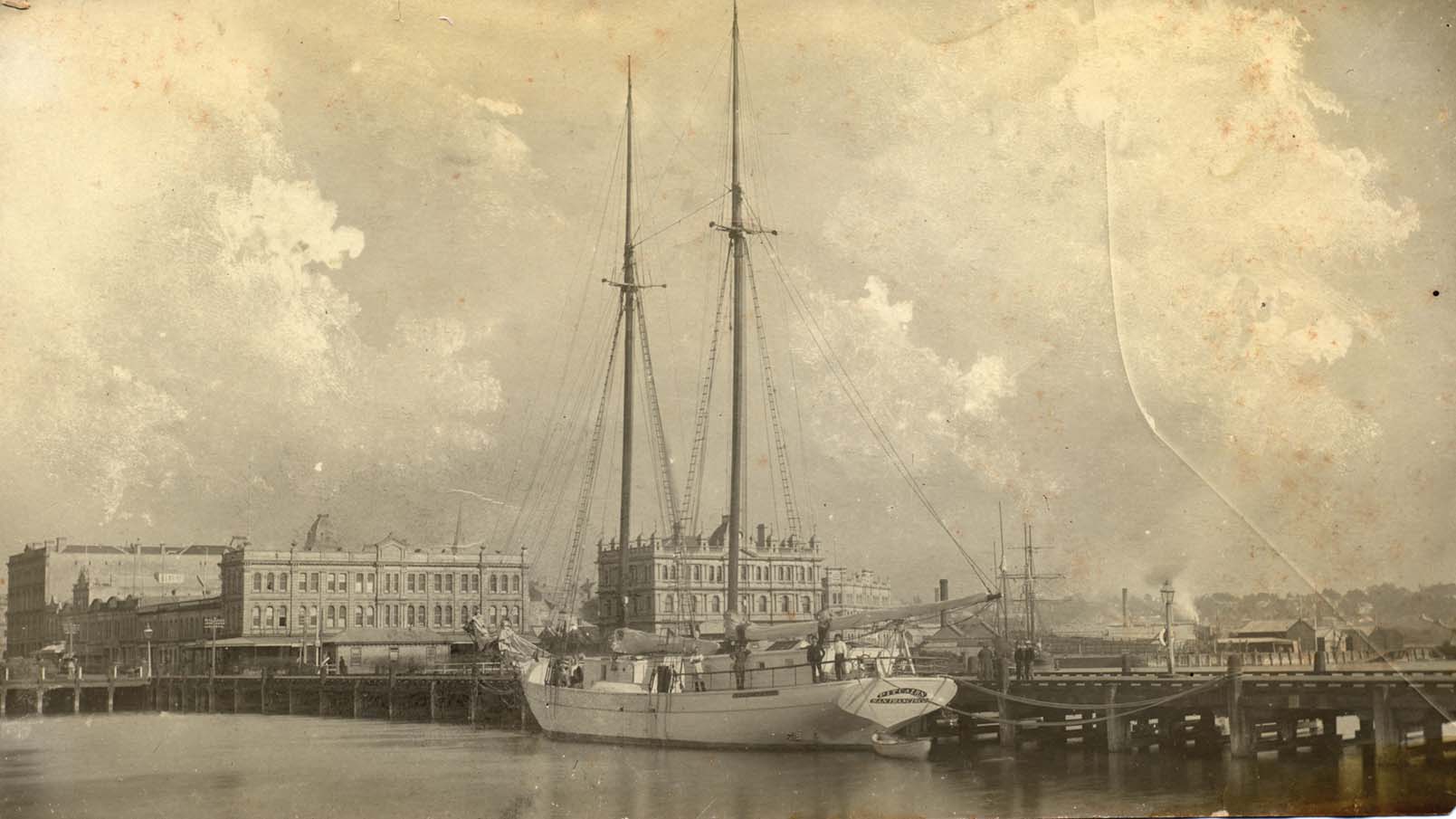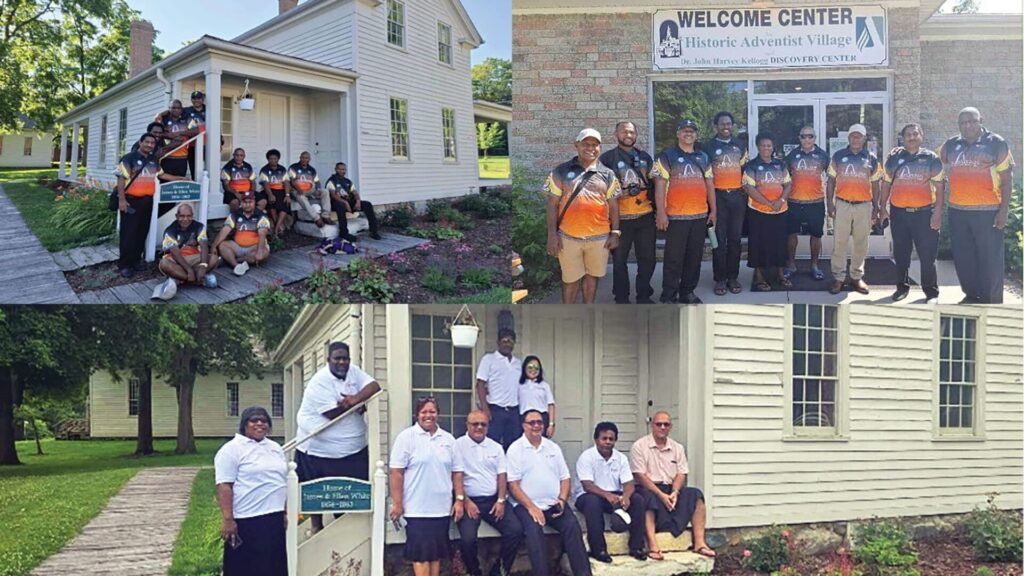South Pacific
The hundreds of boats of the South Pacific fleet, together with their crews and those associated with them (many of whom were Pacific Islanders), made an incredible contribution in support of the mission of the Seventh-day Adventist Church in the islands of the South Seas. The boats enabled tenacious early pioneer Seventh-day Adventists to open schools and training institutions, provide medical services, and plant church congregations widely throughout those islands.
The South Pacific Ocean, including the islands that are located within it, accounts for more than 20 per cent of the surface area of the earth. As the Seventh-day Adventist Church began to grow in the region in the late nineteenth and early twentieth centuries, with little or no travel and communication infrastructure, it was necessary to depend on shipping services. However, with limited commercial shipping available, and reluctance by other mission groups to assist Adventist missionaries, the Church recognised that it needed to develop its own shipping infrastructure.
The early boats in the Adventist mission fleet in the South Pacific were sailing boats. The fleet included schooners, ketches, cutters, sloops, a lugger and yawl-rigged boats. From the early years of the twentieth century most boats had some form of auxiliary motor. From the 1930s, new boats were not equipped with sail and relied on inboard engines.
Pitcairn, the First Mission Boat
In October 1886, John I Tay, an American Adventist ship’s carpenter, reached the island of Pitcairn on a Royal Navy vessel and requested permission to stay until the arrival of the next boat. Within just five weeks, the islanders declared their allegiance to the Seventh-day Adventist Church. After leaving the island, Tay asked that an ordained minister be sent to Pitcairn in order to baptise the islanders. Elder Andrew Cudney of Nebraska agreed to go, and Tay was to accompany him. Cudney chose to sail via Hawaii, but then found it impossible to connect with a boat going to Tahiti. Tay was waiting for him in Tahiti. A local Adventist purchased a vessel of forty-five tons for him to use and a crew of six were enlisted to take him to Tahiti and then to Pitcairn. They left Honolulu on July 31, 1888, but were never heard from again. In 1891, what was thought to be wreckage of the boat was reported found on Tahitian shores.
Meanwhile, the leaders of the General Conference had decided that an ocean-going vessel was required for missionary work in the South Pacific. In November 1887, the first decision was made which would, in 1890, lead to the construction and dedication of just such a boat. The action of the General Conference read:
“WHEREAS, The professed faith of Seventh-day Adventists requires them to carry the message of truth for this generation to all kindreds, tongues and people; and
“WHEREAS, The islands of the Pacific Ocean are peopled with many thousands who have never heard the tidings of the soon-coming King and there are no regular means of transportation whereby missionaries may be sent to those islands; therefore it is
“RECOMMENDED by the General Conference of Seventh-day Adventists in Conference assembled—”That a vessel of suitable size and construction for missionary purposes be purchased or built and equipped for missionary work among the islands of the Pacific Ocean.”
When plans were eventually made, $19,000 was allocated for the vessel. A total of $16,000 was donated; $11,871.58 was raised through Sabbath school offerings. The vessel was a two-masted schooner, 100 feet long, and named Pitcairn. It was dedicated on September 25, 1890.
The Pitcairn was the first vessel owned and operated by the Seventh-day Adventist Church. It was built for the purpose of evangelising the Polynesian and Melanesian island groups of the South Pacific. Its operation was administered by the General Conference. It made a total of six missionary voyages to the South Pacific, beginning on October 20, 1890. Its final trip commenced on January 23, 1899.
This article is an excerpt from the Encyclopedia of Seventh-day Adventists. Pictures supplied by Adventist Heritage Centre.






